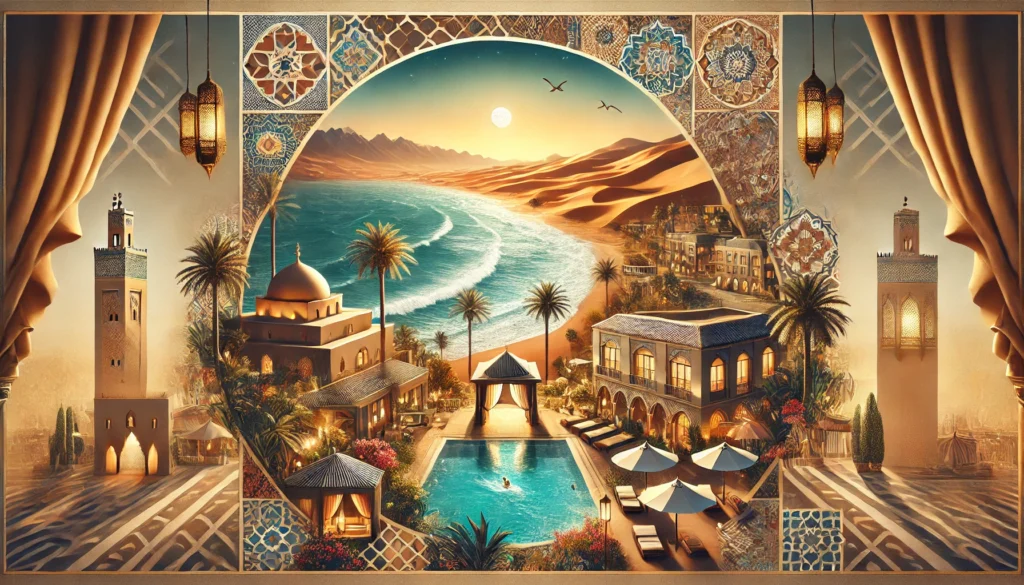To say Moroccan copperwork is just a craft would be an understatement because it represents more than a nation’s innovative work but the people’s rich social history. This old-time art, performed for centuries, is appreciated for its elaborate styles, strict lines of workmanship, and social importance. The handicrafts and appearance of Moroccan copper products attract people from all parts of the world. They are seen as an improvement in homes and as collection items.
The Historic Origins of Moroccan Copperwork
The art of copper crafting in Morocco . Influenced by Berber, Arab, and Andalusian cultures, Moroccan artisans developed distinct styles that reflect the nation’s modern herigoes far into the history back to pre-historic times.age.
Typically, copper objects were developed for decorative purposes and functional use in daily life. Copper utensils, cooking pots, and trays were important house things. These valuable objects were slowly given incredible works of art, inscriptions and pattern originated from geometry, nature and Islamic styles.
The Art of Copper Crafting: A Labor of Love
Copper work is one of the most complex ways of metalworking in Morocco. The whole process takes a long time, and proper skills and patience are required. Because the craft represents the artisan’s hand, copper sheets are cut and hammered into their intended form. Artisans utilize conventional tools to etch fragile patterns, often attracting ideas from concepts that symbolize Moroccan society, such as arabesques and geometric layouts.
The last action entails brightening the copper to attain its golden radiance. This hands-on procedure guarantees that none of them are identical, and thus each vase can be considered unique sculpture.
Appreciation from Tourists
The beauty and craftsmanship of Moroccan copperwork typically enthrall foreign visitors. Whether wandering the dynamic souks of Marrakech or checking out artisan workshops in Fes, tourists are drawn to the glittering screens of lanterns, flower holders, trays, and tea sets.
These copper things are more than just mementos; they are treasured items that carry the essence of Moroccan society. Several vacationers appreciate the chance to enjoy artisans at the office, gaining a much deeper understanding of the ability and dedication associated with developing these spectacular items.
The Modern Charm of Moroccan Copperwork
However, over the last few years, Moroccan copperwork has received international recognition. Thus, its timeless appearance guarantees its popularity among people, while it looks equally good in both classical and high-tech houses. When used in the right manner, Moroccan copper products are often used by interior designers because of their ability to give warmth, form, and grace to any interior.
In addition, the increase in virtual stores enhances people’s global access to the actual Moroccan copperwork, making it more popular in the global market.
Maintaining a Precious Heritage
Despite its popularity, the art of copper crafting faces difficulties. The rise of automation and more affordable materials has pressured conventional artisans. Nevertheless, efforts to preserve Moroccan artistry, including federal government support and tourist programs, are helping to ensure that this art form continues to prosper.
By purchasing authentic handmade copper items, tourists play a vital role in maintaining this craft and supporting neighborhood artisans.
Where to Explore Moroccan Copperwork
To genuinely value the art of Moroccan copperwork
- Marrakech: The souks contain sensational copper lights, trays, and decorative products.
- Fes: Understood for its standard workshops where site visitors can observe artisans at the office.
- Essaouira: Home to skilled artisans generating one-of-a-kind copper jewelry and smaller products.
Moroccan copperwork is a beaming example of the nation’s creative and social heritage. Its detailed layouts, historical importance, and modern charm make it a prize for citizens and vacationers. By celebrating and maintaining this craft, we guarantee, which should also help ensure that all future generations can still understand its charm and history.
For further exploration, check out:



